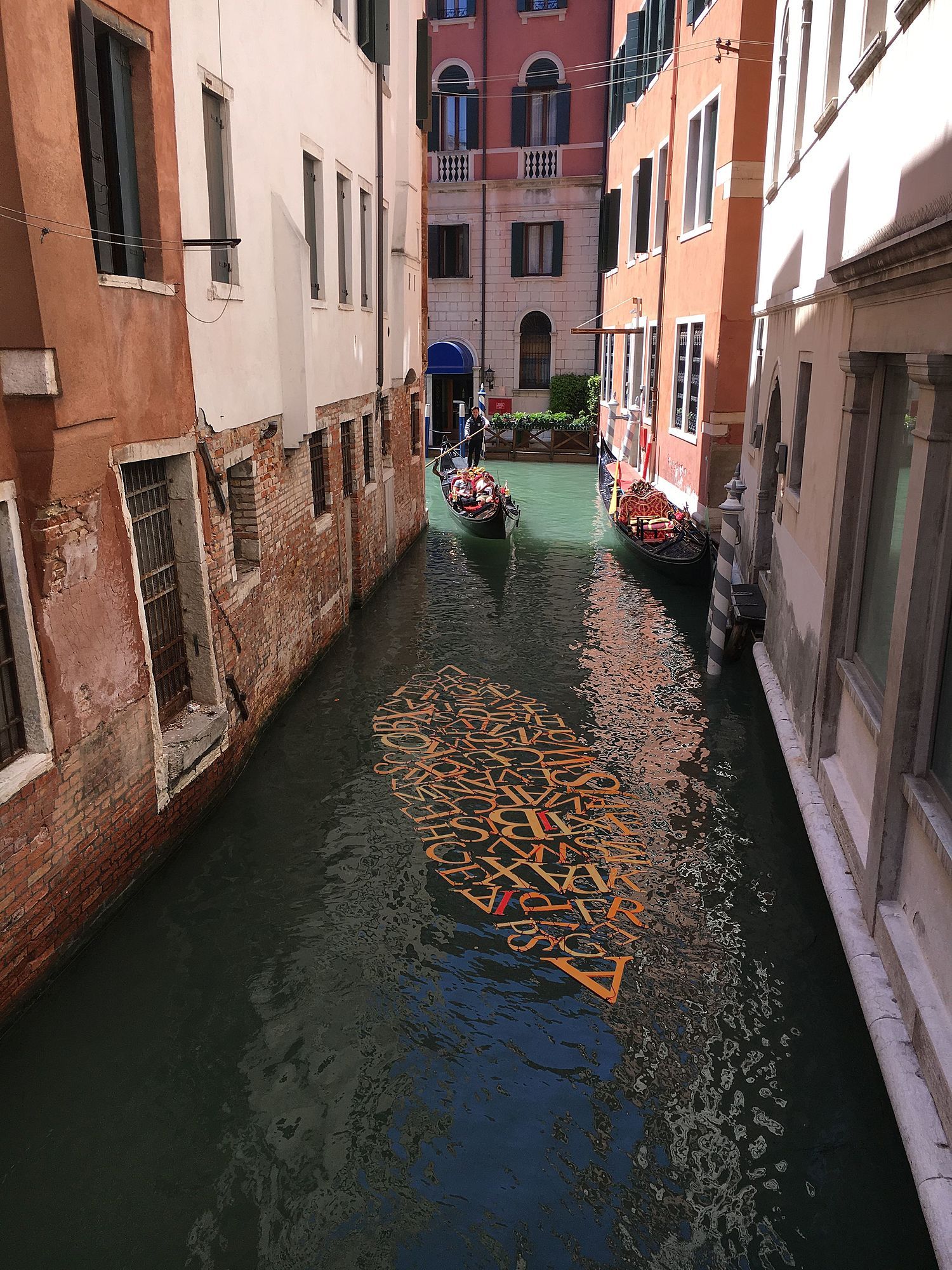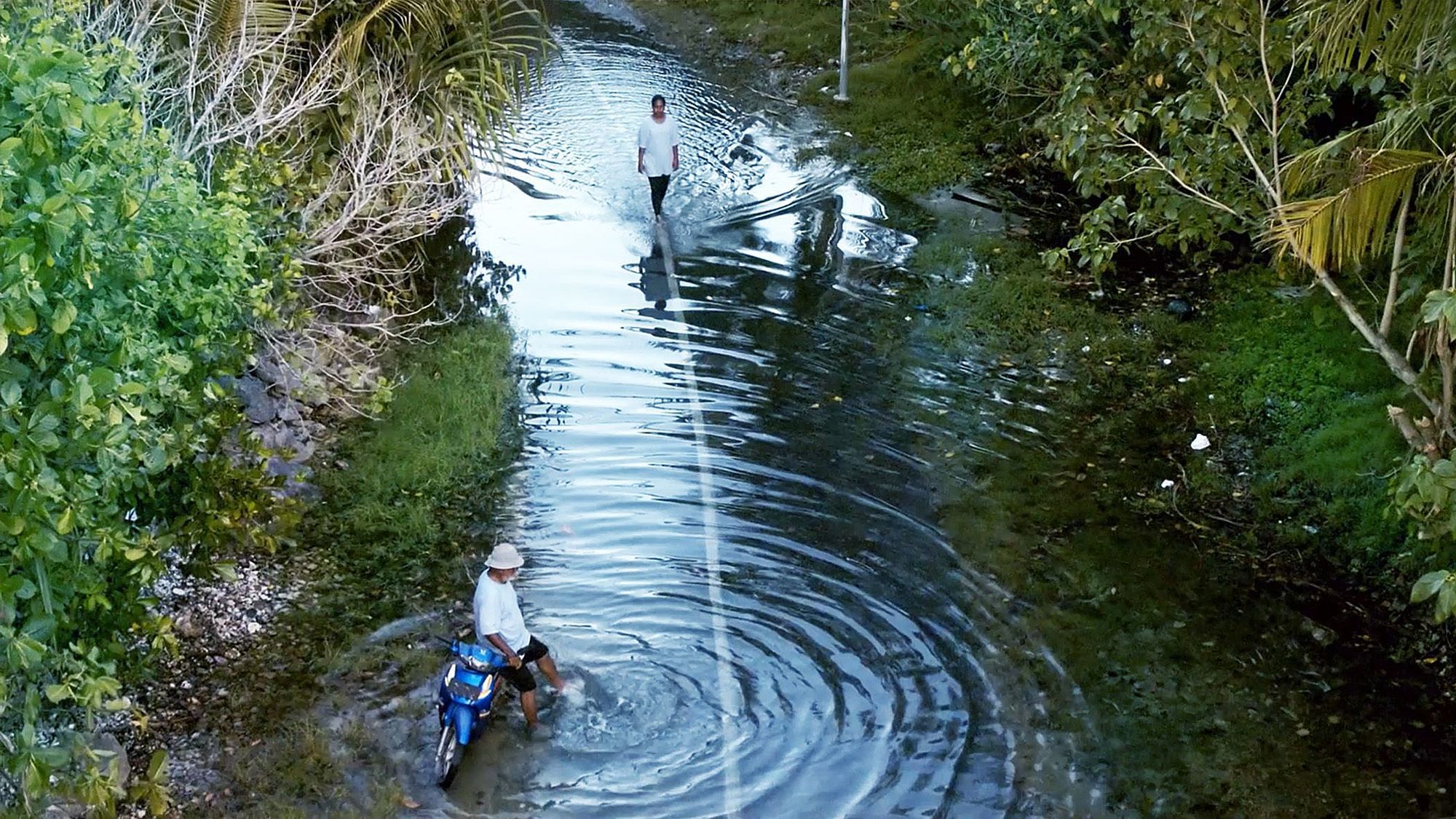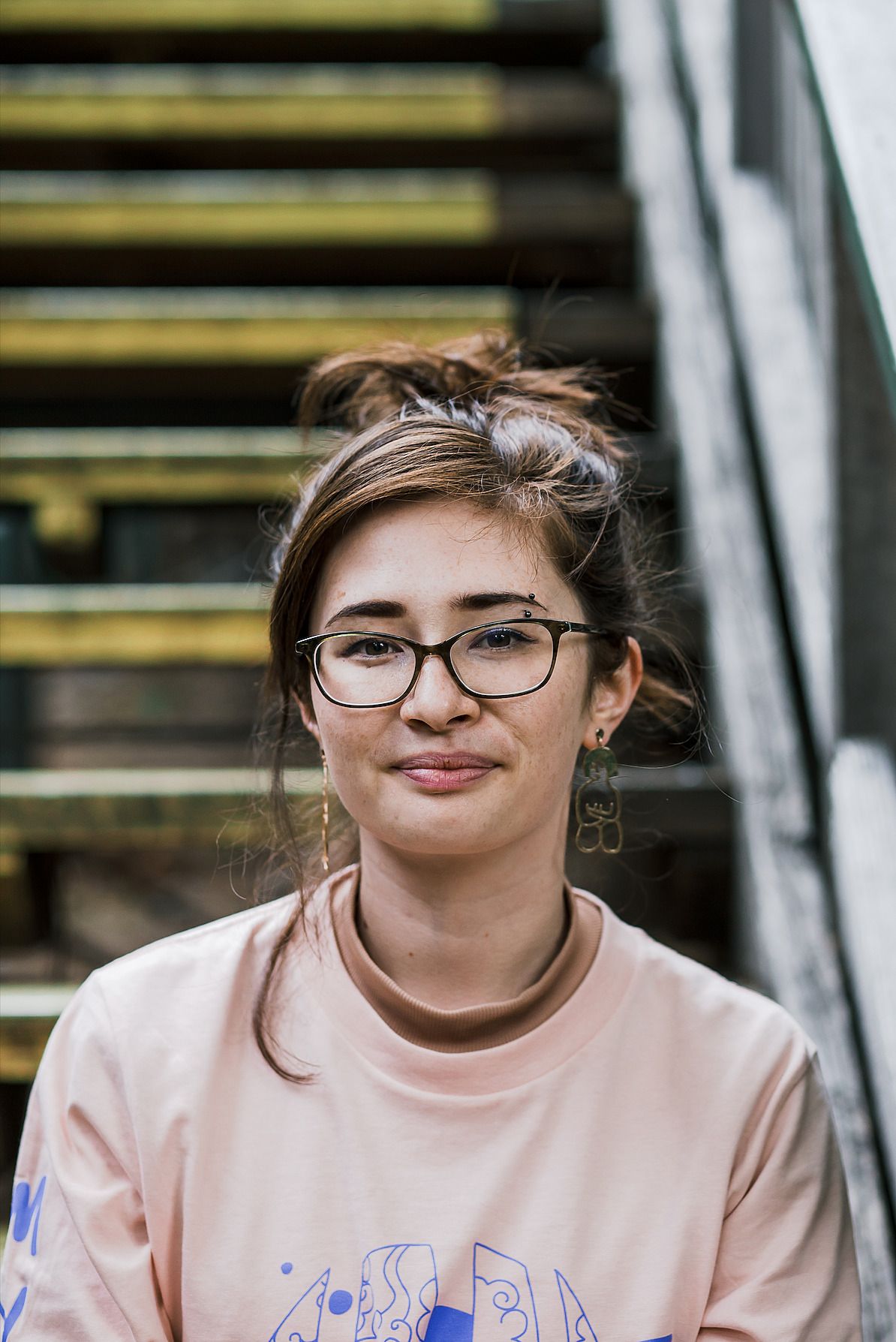Pales in Comparison: A Review of Art Shorts
Where do art films fit into a film festival? Vanessa Crofskey reviews Art Shorts at the NZIFF and is left confused by curatorial decisions.
There’s always some sort of art-film contingent represented at The New Zealand International Film Festival. In previous years this has been charming and interesting inclusions shown within a series (such as the gorgeous Animation NOW! programme), documentaries aboutartists (e.g., The Art of Seeing on the late and distinguished photographer Peter Peryer) and film worksby artists (e.g., For My Father’s Kingdom by director and moving-image maker Vea Mafile’o).
While an array of arthouse movies has always shown up on the NZIFF’s glossy pages, the place of moving-image works from visual artists has always felt a little uncertain. It’s not the fault of anyone so much as it is a recognition of the slipperiness that defines the genre. While it’s important to include art films in broader categories of both art and film, we must acknowledge that they live in a different house to either of their cousins. Art films can be made with full-pocket funding or (more typically) on loose change and borrowed equipment. They can show up in both small gallery exhibitions and festival screenings, and are usually allowed to be more experimental, unconventional, obsessive and unconstrained. They can read as epigraphs, soliloquies, odes and poems. That’s what makes their potential so free ranging.
a collective offering... a diverse response to themes of loss, memory, change and disruption
What is fantastic about NZIFF’s programme is its commanding use of venues, ranging from independent and mainstream cinemas, theatre stages, as well as galleries. To host different types of films within specific platforms is a welcome means of contextualising what is seen and shown. The difficulty of 2020’s programme is that the options for designing the reception of work have been flattened, due to the uncertainty of the Covid-19 crisis. There is an exciting component in allowing films to be viewed online, and a tension around what defines and adds value to a ‘festival’ when it sits in competition with popular streaming services. It’s an unavoidable conflict, given the situation, and a graceful blessing that we are still able to partake in its offerings this year.
Art Shortsis this year’s major offering for art films. The premise of Art Shorts feels exciting, showcasing four short films by and about different artists and artworks. Each film loosely strands to others in the series, building up a collective offering that presents a diverse response to themes of loss, memory, change and disruption. The first of the collection, Album, by Gavin Hipkins, returns to the 1910s to portray the long-distance correspondence between the artist’s grandfather, enlisted in the army, and his great-grandmother, during the World War 1.Virginia King’s Lettere de Venezia follows, documenting her textual sculpture (a trail of compressed Roman alphabetical letters) down the winding canals of Venice. Closer to home is A List of Lost Poems, my favourite pick of the selection. Directed by Adam Luxton, it’s a luminous film on loss and creation, following New Zealand artist Dane Mitchell’s ambitious project Post Hoc, presented last year at the Venice Biennale. We round the selection off with That Which Is to Come Is Just A Promise, aDutch/Italian/New Zealand co-production by Flatform. This last film examines the sweeping devastation of climate change in affected communities across the Pacific, through rapid geological change.
Album
My experience of the series, watched at home on my laptop, was uneven. Certain films eclipsed others, and I struggled to find balance and connection between them. While some moments stood their weight – I think of the shock and sublime of Hipkins’ bucking deer – it felt impossible not to notice the difference between the scale and quality of the six-minute Lettere de Venezia to the 28-minute heavyweight A List of Lost Poems. The quality of footage between the works on show was distractingly and noticeably unequal, in a way that felt uncomposed. Despite the interwoven themes, the films didn’t feel like they belonged next to each other.
The diversity of what you can get away with in terms of art offers a double-edged sword for film programmers and audiences. The styles of making can be so far-flung that it becomes a conundrum as to how each separate work might fit next to each other, let alone to define who the audience of such a naturally eclectic collection is. The need for strong curatorial vision that provides the glue of how works sit together becomes clearly apparent. While there is a level of intention around exploring common themes in Art Shorts, the way each film speaks to the others on a stylistic level doesn’t feel deliberate. Neither does the makeup of the collection as a whole.
A List of Lost Poems
The bulk of film directors in this collection are white. The main artists being documented are white, and in the case of the co-productions, the films are made by European or European-settler nations. The last film of the four (That Which Is to Come Is Just A Promise) was the most intentionally inclusive about its subject matter, portraying climate change through the depiction of changing landscapes in Tuvalu, an island in the South Pacific. It is beautifully shot, with sweeping pans and fades around grassy pastures, yards and shores, but feels the most morally compromised of the lot.
I am confused as to why this film, being a Dutch/Italian/New Zealand co-production, has chosen to document such a culturally site-specific subject matter, one that feels far from the shores of Europe. Seeing the credits made my heart drop. The list of European director and creator credits against the listed names of Pacific people in actor roles was distressing, especially after having watched 20 minutes or so of images showing affected brown communities in stasis, almost motionless, trapped in the story of their islands’ own devastation.
To me, the film felt like it portrayed those at the most vulnerable precipice of climate disaster as passive bystanders, rather than targeted communities bearing the brunt of systemic capitalism. Not shown as those who have been forced by circumstance to become unintentional activists, nor as people, with rich lives and dreams, dreams that are being swept away, wave by wave, by the devastating effects of climate inaction. Not shown as people with agency or as guardians over their own lands. To think that a voice of that actual community could have easily been programmed in its place was distressing.
That Which Is to Come Is Just A Promise
It’s boring to talk about the plain fact of default whiteness, to have to mention the absence of what or who isn’t present. Spending time acknowledging that defers and distracts the point of being able to speak in depth about the films that I did love, the moments I felt my eyes dilate. It cheapened and stifled the whole experience. While the NZIFF as a whole typically does well in bringing out international and thought-provoking films from regions across the world, art film is its own microcosm. It’s clear that it lives in its own genre, hence the specified screening at Auckland Art Gallery. So why is it acceptable in this instance? Why did the intended audience of Art Shorts feel so assumedly to be liberal white people, as if they hadn’t thought of anyone else who might want to join in?
While the visual art world can be #SoWhite, that’s not an excuse to entrench such a lack of effort as common occurrence. There are many cool and contemporary video artists who are creating prolific and attentive moving images who feel missed out on, from fresh-outta-uni types to those with established exhibition catalogues. They exist in abundance in our country and abroad. I think of the video works of Angelia Tiatia, Nova Paul, Sione Monu and Natasha Matila-Smith – how they might sit alongside the themes on show – and the incredible database of exciting contemporary artists readily available on sites like Circuit. They’re easy to find, and they want to be shown. It feels like this series fails to think more brilliantly around what art films can constitute, what its audiences are eager to explore and who they’re catering to. Instead, it has spent its time pandering to jaunty and outdated stereotypes of what art is interested in.
the collection’s contribution to the legacy of moving images feels meek and passive
That’s the point on which Art Shorts failed for me: the curation felt weak and depended on the merits of great standalone films to be of value. My interest was piqued by the text and image combinations of Album, by Hipkins, and how an artist might grapple with a personal archive: the re-imagined and re-documented memories of those who have passed on. My heartbeat was sustained across the exorbitant scale of material loss in A List of Lost Poems, by Adam Luxton. It’s worth paying the price to see this latter film alone, an elegiac ever-failing attempt to document all that is physically defunct and gone from the world, an artist capturing an artist’s response to unequivocable loss. The relationship between those two films above, and Luxton to Dane Mitchell’s practice is thoughtful and complementary. As a whole, however, the collection’s contribution to the legacy of moving images feels meek and passive, at a time when video art has urgency and vitality.
That’s the risk and reward of providing online viewings of shorts, aka letting the curation do most of the talking. Watching films is less forgiving on a laptop. The programme notes tell us that these four films “let the past inform the future”. This year’s selection of Art Shorts indeed feels reminiscent of the past, in that this type of programming continues to be acceptable. It should not define what is to come.




